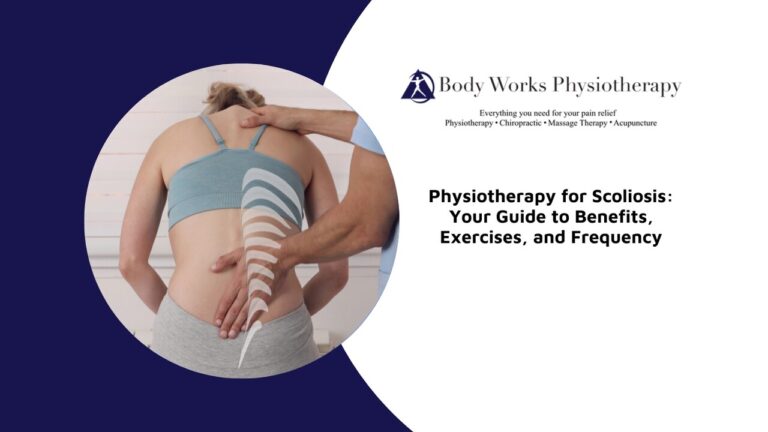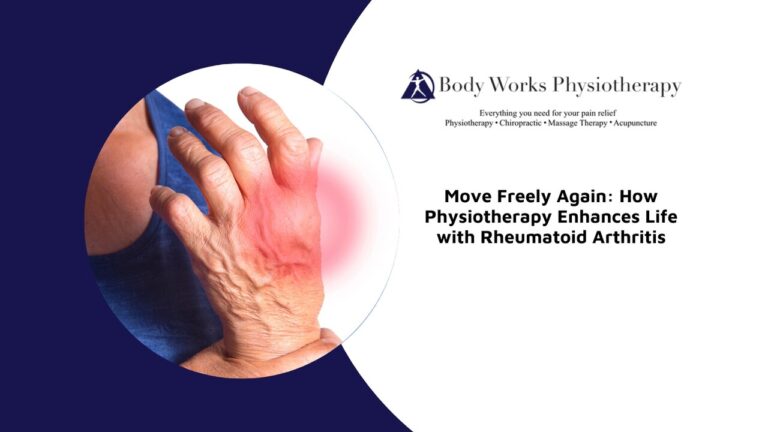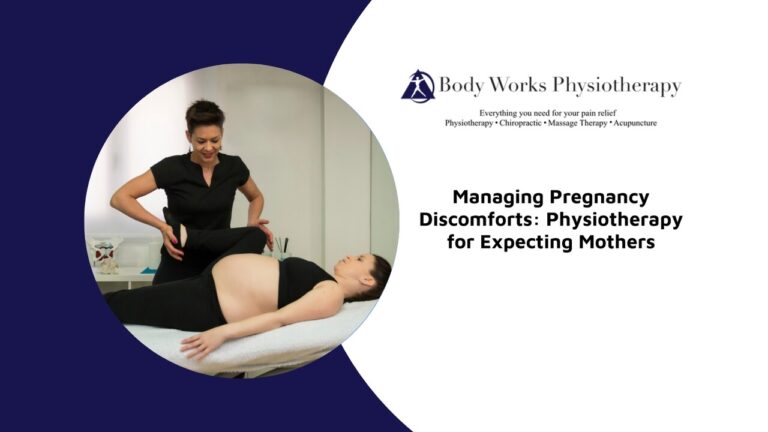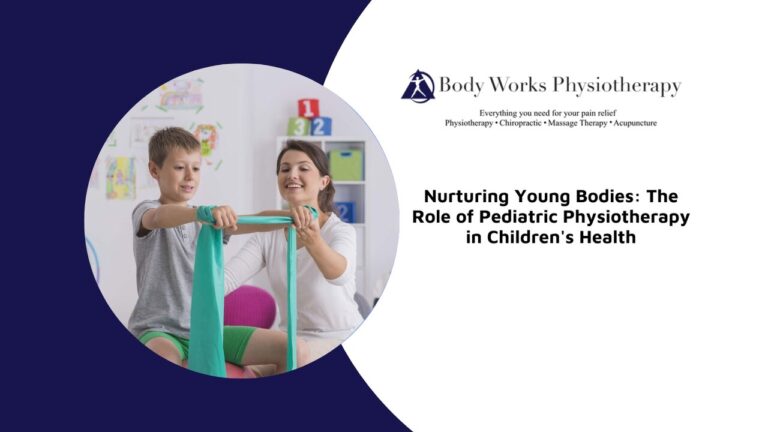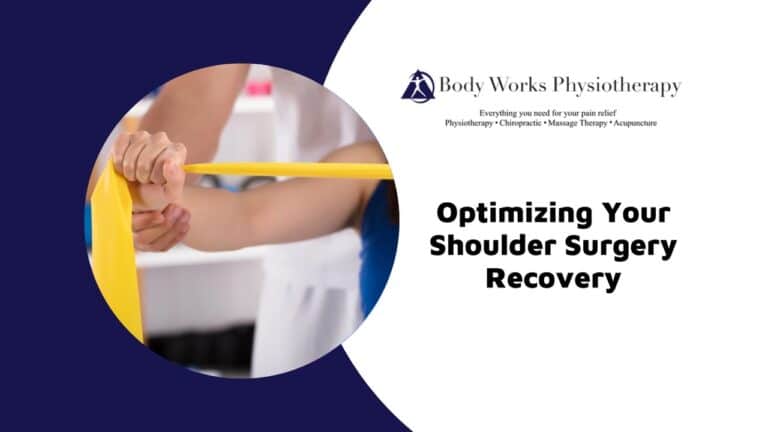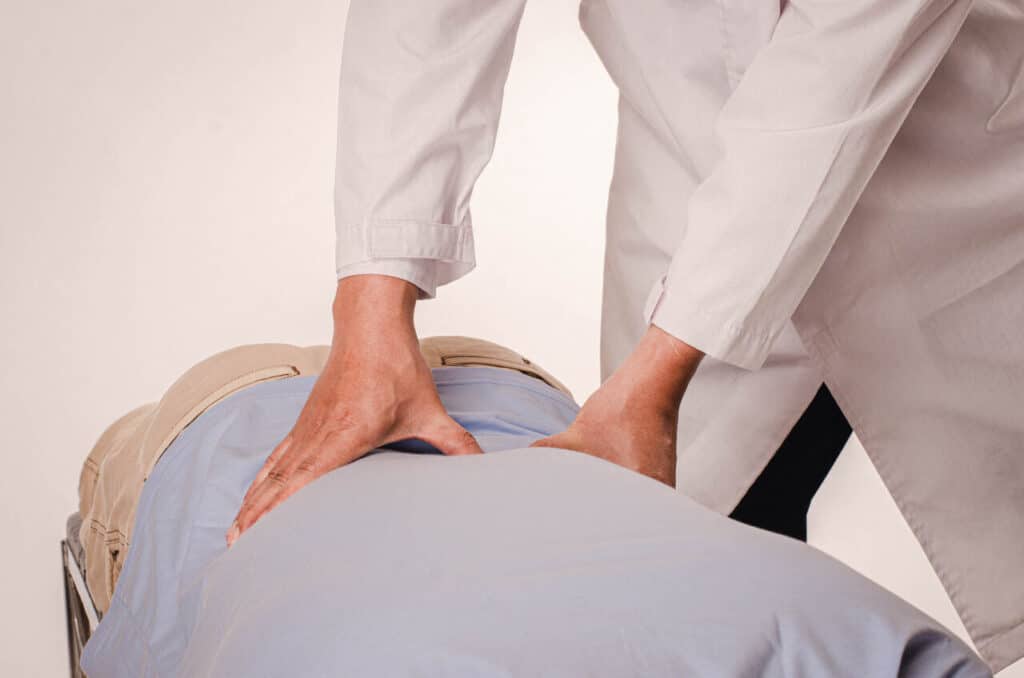
Back pain is a common and persistent issue that affects millions of people worldwide, disrupting daily activities and reducing quality of life. In this blog post, we delve into the root causes of lumbar disc compression and explore how manual lumbar traction can provide relief from lower back pain. Discover the science behind this non-invasive treatment and learn how it can help you achieve a pain-free life.
Understanding Manual Lumbar Traction
Manual lumbar traction is a physiotherapy technique used to relieve lower back pain by stretching and decompressing the spine. During this procedure, a trained physiotherapist applies a gentle, controlled pull to the lumbar region of the spine. This process aims to create space between the vertebrae, reduce pressure on spinal discs, and alleviate nerve compression. Manual lumbar traction helps improve spinal alignment, enhance mobility, and promote healing in the lower back.
Common Conditions Manual Lumbar Traction Can Address
Manual lumbar traction is effective in treating a variety of lower back conditions, including:
- Herniated or Bulging Discs: Caused by the soft inner gel of a spinal disc pushing through the outer layer due to wear and tear, repetitive stress, or injury, resulting in severe back pain, numbness, tingling, and leg weakness. Manual lumbar traction gently pulls apart the vertebrae, reducing pressure on the affected disc.
- Degenerative Disc Disease: Occurs when spinal discs lose hydration and elasticity due to aging, leading to disc thinning and reduced shock absorption. Symptoms include chronic lower back pain, stiffness, and reduced range of motion. Traction increases space between vertebrae, alleviating disc pressure.
- Sciatica: Caused by compression or irritation of the sciatic nerve due to a herniated disc, bone spur, or spinal stenosis. Symptoms include sharp pain radiating from the lower back through the buttock and down the leg, often with numbness or tingling. Traction helps relieve pressure on the sciatic nerve.
- Spinal Stenosis: Involves narrowing of the spinal canal due to osteoarthritis, disc degeneration, or thickened ligaments, causing back pain, numbness, weakness, and leg cramping. Traction opens up spaces within the spine, reducing nerve compression.
- Facet Joint Dysfunction: Occurs when small joints between vertebrae become irritated or inflamed due to arthritis, injury, or degeneration. Symptoms include localized back pain, stiffness, and reduced movement. Traction relieves pressure on facet joints, reducing pain.
- Muscle Spasms and Tension: Resulting from overuse, injury, poor posture, or stress, causing sudden, sharp back pain, muscle tightness, and limited range of motion. Traction helps relax and stretch muscles, reducing spasms and tension.
By relieving pressure on the spinal discs and nerves, manual lumbar traction can significantly reduce back pain and improve overall function.
Benefits of Manual Lumbar Traction for Lower Back Pain
Manual lumbar traction provides significant benefits for those suffering from lower back pain, offering a non-invasive and drug-free alternative for pain management. One of the primary advantages is the reduction in pain and discomfort. By gently stretching the spine, traction alleviates pressure on the spinal discs and nerves, diminishing pain and providing relief.
Another key benefit is the improvement in spinal alignment. Traction helps realign the vertebrae, promoting a healthier spinal structure and reducing strain on muscles and ligaments. This realignment can alleviate chronic pain and improve overall mobility.
Decreasing pressure on spinal discs and nerves is crucial for conditions like herniated discs and sciatica. Traction creates more space between the vertebrae, allowing bulging discs to retract and relieve nerve compression, which reduces pain and prevents further damage.
Enhanced mobility and flexibility are also significant benefits. Traction reduces stiffness and improves the range of motion in the lower back, enabling individuals to move more freely and engage in physical activities without significant pain.
Additionally, increased blood flow to the affected area during traction enhances circulation, promoting the delivery of essential nutrients and oxygen to damaged tissues. This boost in blood flow accelerates the healing process and helps repair injured or inflamed areas more effectively.
Possible Risks and Side Effects Associated with Manual Lumbar Traction
While manual lumbar traction is generally safe, there are potential risks and side effects, including:
- Temporary Muscle Soreness: After traction, some individuals may experience temporary muscle soreness as their body adjusts to the treatment. This soreness typically subsides within a few days.
- Increased Pain if Not Performed Correctly: If manual lumbar traction is not performed correctly, it can lead to increased pain. Ensuring that a qualified physiotherapist administers the treatment can help avoid this issue.
- Nerve Irritation: In some cases, traction may irritate nerves, leading to symptoms such as tingling, numbness, or increased discomfort. Proper assessment and technique are crucial to minimize this risk.
- Dizziness or Discomfort During the Procedure: Some individuals might experience dizziness or general discomfort during the traction procedure. This can usually be managed by adjusting the technique or taking breaks as needed.
It’s crucial to have lumbar traction administered by a qualified physiotherapist to minimize these risks and ensure the treatment is safe and effective.
Ideal Frequency of Manual Lumbar Traction
The frequency of manual lumbar traction sessions varies based on the individual’s condition and response to treatment. Typically, individuals may start with sessions 2-3 times per week, with each session lasting 15-30 minutes. As symptoms improve, the frequency can be gradually reduced. A personalized treatment plan created by a physiotherapist will ensure optimal results and address specific needs.
Complementing Manual Lumbar Traction With Other Treatments
Manual lumbar traction can be combined with other treatments for enhanced outcomes. Physiotherapists often integrate traction with other therapies such as:
- Physiotherapy Exercises: Combining lumbar traction with targeted physiotherapy exercises can help strengthen the muscles supporting the spine, improve flexibility, and enhance overall spinal function. This holistic approach can lead to more effective and longer-lasting relief.
- Massage Therapy: Integrating massage therapy with lumbar traction can help reduce muscle tension, improve blood flow, and promote relaxation. Massage can also address muscle imbalances and trigger points that contribute to back pain.
- Heat and Cold Therapy: Using heat therapy before traction can relax muscles and improve blood circulation, while cold therapy after traction can reduce inflammation and numb the affected area, providing additional pain relief.
- Electrical Stimulation: Electrical stimulation can be used alongside lumbar traction to further alleviate pain by disrupting pain signals and promoting the release of endorphins.
- Medication for Pain Management: In some cases, combining lumbar traction with pain management medications can provide more immediate relief.
Combining these treatments can provide comprehensive care, addressing the root cause of lower back pain and promoting faster, more effective healing.
End Lower Back Pain Today
If you’re struggling with chronic lower back pain and have not found relief through other treatments, it’s time to consider manual lumbar traction. At Body Works Physiotherapy in Scarborough, we have witnessed remarkable transformations in our client’s lives through this effective, non-invasive treatment.
Whether you’re looking to return to work, resume your favourite hobbies, or simply live without the constant burden of pain, our physiotherapists are here to help. Don’t let back pain control your life any longer. Book your appointment with us today and take the first step towards a healthier, pain-free future.

